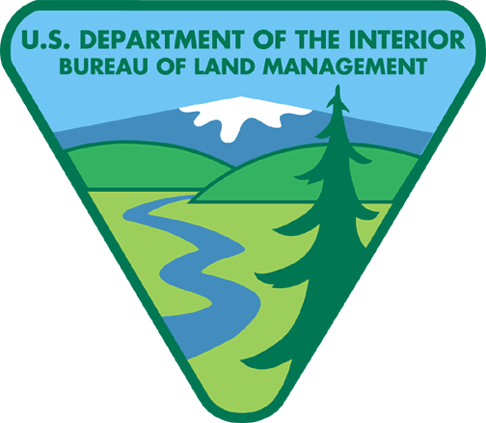The Bureau of Land Management’s National Wild Horse and Burro Advisory Board meeting April 23-24 in Reno, Nevada, can be viewed via webcast at: http://www.blm.gov/live/. The day-and-a-half meeting will take place on Monday, April 23, from 1:30 p.m. to 5 p.m. and Tuesday, April 24, from 8 a.m. to 5 p.m., local time, and can be viewed online during those times.
The board will discuss issues relating to the management, protection, and control of wild horses and burros on Western public rangelands. The meeting will take place at the Grand Sierra Resort and Casino, 2500 East 2nd Street, Reno, Nevada 89595. The hotel phone number for reservations is 775-789-2129 or 1-800-648-5080. The agenda of the meeting can be found in the March 19, 2012, Federal Register http://www.gpo.gov/fdsys/pkg/FR-2012-03-19/pdf/2012-6587.pdf
The Advisory Board provides input and advice to the BLM as it carries out its responsibilities under the 1971 Wild Free-Roaming Horses and Burros Act. The law mandates the protection, management, and control of these free-roaming animals in a manner that ensures healthy herds at levels consistent with the land’s capacity to support them. According to the BLM’s latest official estimate, approximately 38,500 wild horses and burros roam on BLM-managed rangelands in 10 Western states.
The Advisory Board meets at least once a year and the BLM Director may call additional meetings when necessary. Members serve without salary, but are reimbursed for travel and per diem expenses according to government travel regulations.
The BLM manages more than 245 million acres of public land, the most of any Federal agency. This land, known as the National System of Public Lands, is primarily located in 12 Western states, including Alaska. The BLM also administers 700 million acres of sub-surface mineral estate throughout the nation. In Fiscal Year (FY) 2011, recreational and other activities on BLM-managed land contributed more than $130 billion to the U.S. economy and supported more than 600,000 American jobs. The Bureau is also one of a handful of agencies that collects more revenue than it spends. In FY 2012, nearly $5.7 billion will be generated on lands managed by the BLM, which operates on a $1.1 billion budget. The BLM’s multiple-use mission is to sustain the health and productivity of the public lands for the use and enjoyment of present and future generations. The Bureau accomplishes this by managing such activities as outdoor recreation, livestock grazing, mineral development, and energy production, and by conserving natural, historical, cultural, and other resources on public lands.


